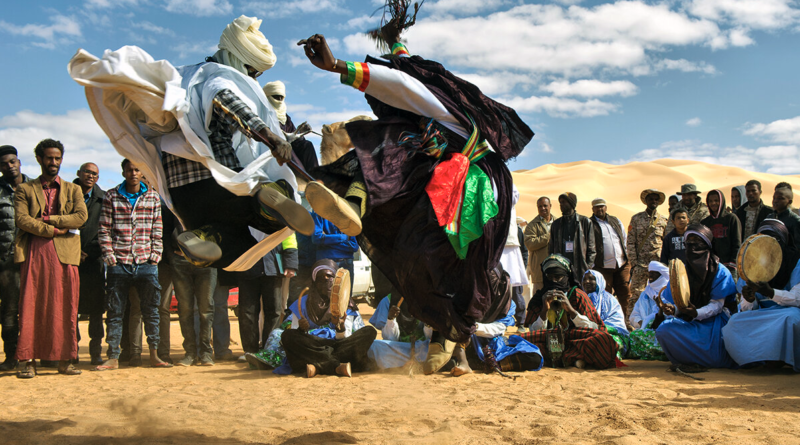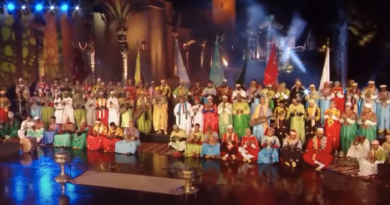The Desert Blues Springing from the Music of Libya
Libya has a rich and diverse musical heritage that reflects its history and culture. Its music styles are influenced by its tribes and ethnic groups and by neighboring countries such as Tunisia, Algeria, and Egypt.
Libyan music faced many challenges during the rule of former dictator Muammar Gaddafi. Many musicians were forced to perform only government-approved songs, and many traditional musical practices were suppressed.
However, since the fall of Gaddafi’s regime in 2011, Libyan musicians have enjoyed greater freedom to express themselves and share their music with the world.
Touareg music
In the southern part of Libya, the most popular form of music is the unique folk music of the Tuareg peoples. Songs are sung in the native Temasek language which is a derivative of Tamazight language. This has evolved to more modern styles including the Desert blues.
Desert Blues is a popular music genre of the Tuaregs of the Saharan regions of North Africa, characterized by a fusion of rock and blues with elements of indigenous Tuareg music. It is also known as Saharan Rock, Tuareg Rock, Takamba, Assouf, or Tishoumaren.
The music reflects the cultural experiences of the Tuareg people over the past fifty years, including their diaspora, wandering, displacement, loss, and rebellion as they sought to forge lives in newly formed nation-states after French colonial rule. Desert Blues is a unique blend of Middle Eastern, Sub Saharan, and driving rock music, and lyrics are usually sung in the Tuareg Temashek language. The most common instruments used are the tende drum, the Malian lute, and electric guitars, and western percussion sets.
The band Tinariwen is the epitome of such music and is widely popular in the west.
Andalusian or Maloof music
Another popular form of music in Libya is Andalusian music, which has its roots in the music of Al-Andalus. Andalusian music is characterized by the use of the qanun, a type of zither, and the ney, a type of flute. The music is often performed in a group setting, and it is associated with religious and spiritual practices.
The Maloof shares many similarities to the Andalusian music in Morocco, Tunisia & Algeria also have a similar style of Maloof music although it is known by a different name in those countries.
Modern music
In addition to traditional music, Libya has also produced many popular singers and musicians in recent years. One of the most well-known Libyan singers is Mohammed Hassan, who rose to fame in the 1980s and 1990s with his powerful voice and patriotic songs.
Other notable Libyan musicians include Mohamed Mounir and Ali Hassan Kuban, who blend traditional Libyan music with modern influences such as jazz and funk.
Bedouin music
One of the most popular forms of music in Libya is traditional Bedouin music, which is characterized by the use of the oud, a pear-shaped stringed instrument that is similar to a lute. Bedouin music is often performed at weddings and other celebrations, and it is known for its lively rhythms and catchy melodies.



